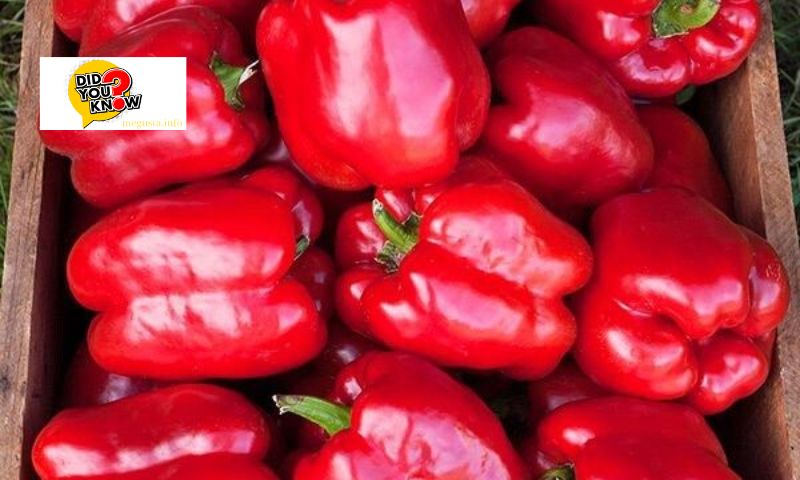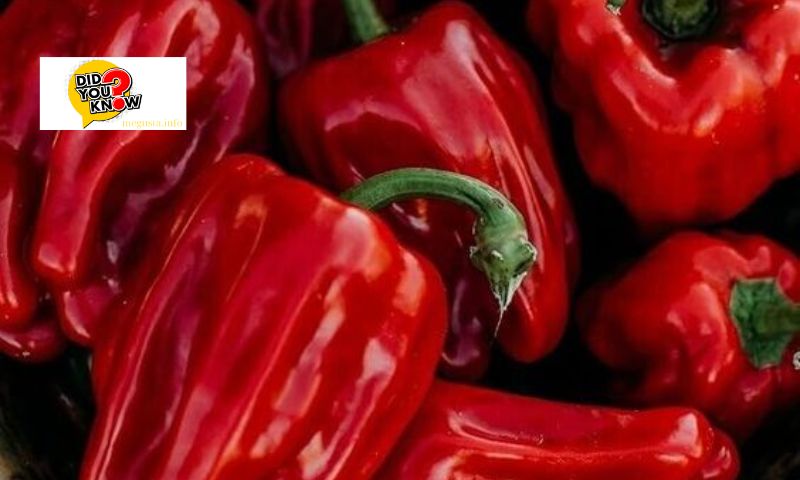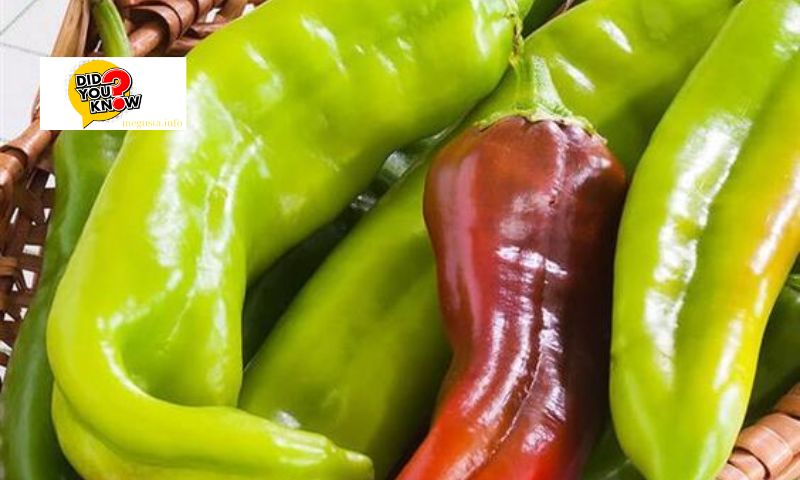Chili peppers, known for their fiery flavor and diverse varieties, hold a special place in culinary cultures around the globe. Among the countless varieties, one stands out not just for its spice, but for its sheer size— the World’s largest chili pepper. This remarkable specimen has captivated chili enthusiasts and sparked curiosity about its origins, characteristics, and cultural significance. Let’s discover at megusta.info!
Description of the World’s Largest Chili Pepper

The World’s largest chili pepper is an extraordinary example of nature’s diversity and culinary potential. Typically grown under precise conditions to achieve maximum size, this pepper often exceeds the dimensions of its counterparts by significant margins. Varieties such as the Carolina Reaper or the Trinidad Moruga Scorpion have gained international recognition for their intense heat and large size, making them prime contenders for the title of the world’s largest.
Cultural and Culinary Significance
In cultures where chili peppers reign as indispensable ingredients, the emergence of the World’s largest chili pepper assumes a profound cultural significance. Nowhere is this more evident than in regions like Mexico, India, and Thailand, where spicy cuisine isn’t just a preference but a cornerstone of culinary identity and societal tradition.
These giant peppers transcend their physical dimensions to embody deeper meanings within these societies. They symbolize not only culinary prowess but also cultural heritage and tradition. In Mexico, for instance, chili peppers are woven into the fabric of daily life, appearing in everything from street foods to elaborate dishes prepared for festive occasions like Dia de los Muertos and Cinco de Mayo. The iconic Mexican dish, mole poblano, with its rich, spicy chocolate sauce featuring chili peppers, exemplifies how deeply rooted these peppers are in the country’s culinary traditions.
Similarly, in India, chili peppers are integral to regional cuisines, imparting distinctive flavors and intensities that vary from state to state. The Bhut Jolokia, once renowned as the world’s hottest chili, finds its place in fiery curries, chutneys, and pickles across the country. These peppers are not merely ingredients but cultural markers, shaping culinary identities and reflecting the diversity of India’s gastronomic landscape.
Growing Conditions and Challenges

Growing the World’s largest chili pepper demands an intricate blend of environmental stewardship and agricultural expertise. Farmers dedicated to cultivating these extraordinary specimens must navigate a complex terrain of variables, each crucial to achieving exceptional size and quality.
Central to this endeavor is the management of environmental factors. Optimal soil conditions lay the groundwork for robust growth, ensuring that the chili plants receive essential nutrients and minerals throughout their development. Soil pH, nutrient levels, and organic matter content must be meticulously balanced to support vigorous plant growth and maximize pepper size. Moreover, farmers often employ soil amendments and fertilizers tailored to the specific needs of chili peppers, further enhancing their ability to thrive.
Water management represents another critical aspect of chili pepper cultivation. Precise watering schedules are meticulously designed to meet the plants’ hydration needs without compromising root health or promoting waterlogging. In regions prone to drought or erratic rainfall patterns, irrigation systems are deployed to deliver water efficiently and sustainably, safeguarding crop yield and quality.
Controlled environments, such as greenhouse cultivation, offer an additional layer of protection and optimization for the World’s largest chili pepper production. Greenhouses provide a controlled climate where temperature, humidity, and light exposure can be regulated to mimic ideal growing conditions. This controlled environment minimizes the impact of external factors like inclement weather, pests, and diseases, ensuring consistent growth and size development of the chili peppers.
However, the journey to cultivating these impressive specimens is fraught with challenges. Chili plants, like any agricultural crop, are vulnerable to a range of pests and diseases that can jeopardize yield and quality. Farmers implement integrated pest management strategies, including biological controls and careful monitoring, to mitigate these risks while minimizing reliance on chemical pesticides. Additionally, environmental fluctuations such as temperature extremes, sudden storms, or unexpected frosts can pose significant threats to crop health and size consistency. Vigilant monitoring and adaptive management practices are essential to safeguarding the delicate balance required for the successful cultivation of the World’s largest chili pepper.
Record Verification and Recognition

The validation of the World’s largest chili pepper involves rigorous processes conducted by official organizations like Guinness World Records. Measurements, certifications, and expert assessments ensure accuracy and authenticity in determining the largest specimens. Recognition in such records not only celebrates the efforts of growers but also elevates the profile of the chili pepper variety and its cultural significance on a global scale.
Impact on the Chili Pepper Industry
The discovery and promotion of the World’s largest chili pepper have profound implications for the chili pepper industry. It stimulates interest in agricultural innovation, encourages sustainable farming practices, and boosts tourism in regions known for chili pepper cultivation. Furthermore, it fosters international trade opportunities as demand for unique chili varieties grows among culinary enthusiasts and researchers alike.
Conclusion
In conclusion, the World’s largest chili pepper represents more than just a record-breaking botanical curiosity. It embodies centuries of cultural heritage, culinary innovation, and agricultural ingenuity across diverse societies. As interest in spicy cuisine continues to grow worldwide, so does the allure of these giant peppers, fueling ongoing research, cultivation advancements, and cultural exchange. Whether in a fiery curry, a zesty salsa, or a daring culinary challenge, the World’s largest chili pepper continues to spice up our lives and inspire admiration for the wonders of nature.

